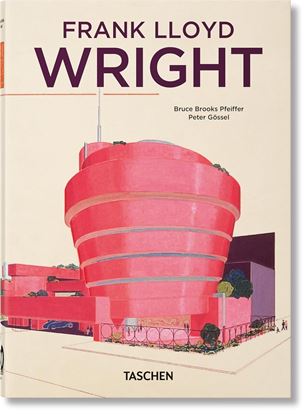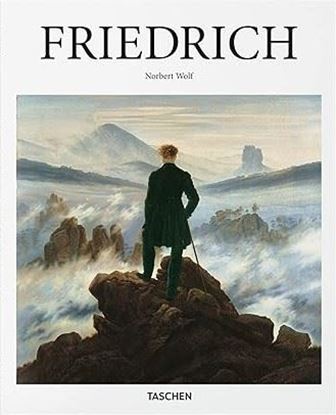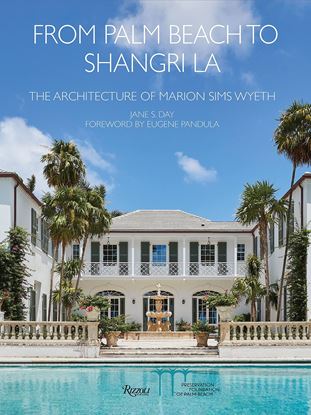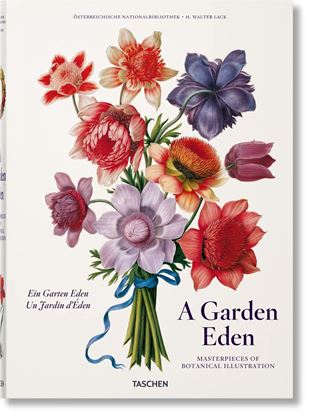

FILOSOFIA DE LA MUSICA ANDALUSI
La música andalusí, como género emanado de una civilización avanzada, y creado primordialmente, por un filósofo racionalista como lo era Avempace, goza de una coherencia inteligible en todos sus aspectos estructurales. Por dicha razón, el análisis filosófico del mismo se revela posible, y capaz de aportar no solo una visión racional de sus melodías y aspectos culturales, sino también el cómo tratarlos y a fín de gozar del mismo sin alterar su esencia.
En Filosofía de la música andalusí, el célebre músico y musicólogo tetuaní Amin Chachoo realiza un recorrido histórico por la música andalusí, desde sus orígenes más remotos en el mundo árabe oriental y el mundo grecolatino occidental, hasta la era contemporánea.
Un análisis de las melodías andalusíes en base a la filosofía de su autor, quién no solo define los estados de los seres y su devenir, sino también una cierta jerarquía de los intelectos que se revela estar en armonía con las diferentes dimensiones de la música andalusí, en sus vertientes estática y dinámica.
1,995
1,496
FRANK LLOYD WRIGHT 40TH ED. (GB)
A building by Frank Lloyd Wright (1867–1959) is at once unmistakably individual and evocative of an entire era. Notable for their exceptional harmony with their environment, as well as for their use of steel and glass to revolutionize the interface of indoor and outdoor, Wright’s designs helped announce the age of modernity, as much as they secured his place in the annals of architectural genius.
2,200
1,650
FRIEDRICH (BA-ART) (ES)
La belleza de la naturaleza y la soledad del hombre son temas dominantes en la obra de Caspar David Friedrich (1774-1840). El artista con frecuencia dispone una pequeña figura humana en un amplio paisaje, como en sus famosos lienzos Monje a la orilla del mar y El caminante sobre el mar de nubes. Durante mucho tiempo, la importancia y la influencia de este gran pintor romántico fueron subestimadas. Cuando murió, Friedrich había sido olvidado ya por sus coetáneos y no fue redescubierto hasta principios del siglo xx. Actualmente, se le considera el pintor alemán más importante de su generación y un precursor del expresionismo.
1,350
1,013
FROM PALM BEACH TO SHANGRI LA
Beauty and elegance mingle with extravagance in the Palm Beach style of architect Marion Sims Wyeth, a kind of home design that takes the standard fixtures of paradise palm trees, ebullient fountains, glistening pools and gardens, views of the sea and mixes them with a dash of the exotic a Moorish-style balcony or doorway, Venetian archways, fanciful courtyards in the Spanish style, and spiralling staircases in stone and iron. Featured here are the legendary abodes of Marjorie Merriweather Post and Doris Duke Mar-a-Lago and Shangri La, respectively as well as the less well known but equally spectacular Hogarcito and La Claridad, to name but a few. For those unfamiliar with these dream palaces, intimate homes of repose and reflection, for the enjoyment of life and the living of it, the book serves at once as a revelation and an inspiration.
1,500
1,125
G: FOREVER GREEN A CELEBRATION OF NATURE
An exuberant celebration of the color green—in nature, art, interiors, and design.
Green is like water: it is everywhere, and we can’t live without it. Green is the color of nature and the environment. Green is life. Interior designer and style guru Carlos Mota has such a passion for green that he has now devoted an entire book to it. G: Forever Green celebrates the color in all its manifold manifestations: in nature, food, fashion, jewelry, art, interiors, and architecture.
From the brilliant markings on a butterfly’s wings to the feathers of a tropical bird’s breast, from Magritte’s oversized apple to the brocade drapery in the background of a Holbein portrait, from a leafy arbor to a leafy wallpaper, from celadon to forest to emerald to acid to lime to Kelly, the variety is astounding. Illustrated with Mota’s own photographs, taken as he has traveled the world, as well as images by prominent photographers, G: Forever Green features rooms by notable designers, among them Kelly Wearstler, Alessandra Branca, Mark D. Sikes, Robert Couturier, Gert Voorjans, and Nicky Haslam.
This stunning volume, superbly produced with a green metallic edge stain, is a testament to the power of green to soothe, inspire, and excite.
5,500
4,125
GARDEN EDEN (INT)
In pursuit of both knowledge and delight, the craft of botanical illustration has always required not only meticulous draftsmanship but also a rigorous scientific understanding. This new edition of a TASCHEN classic celebrates the botanical tradition and talents with a selection of outstanding works from the National Library of Vienna, including many new images.
5,500
4,125














